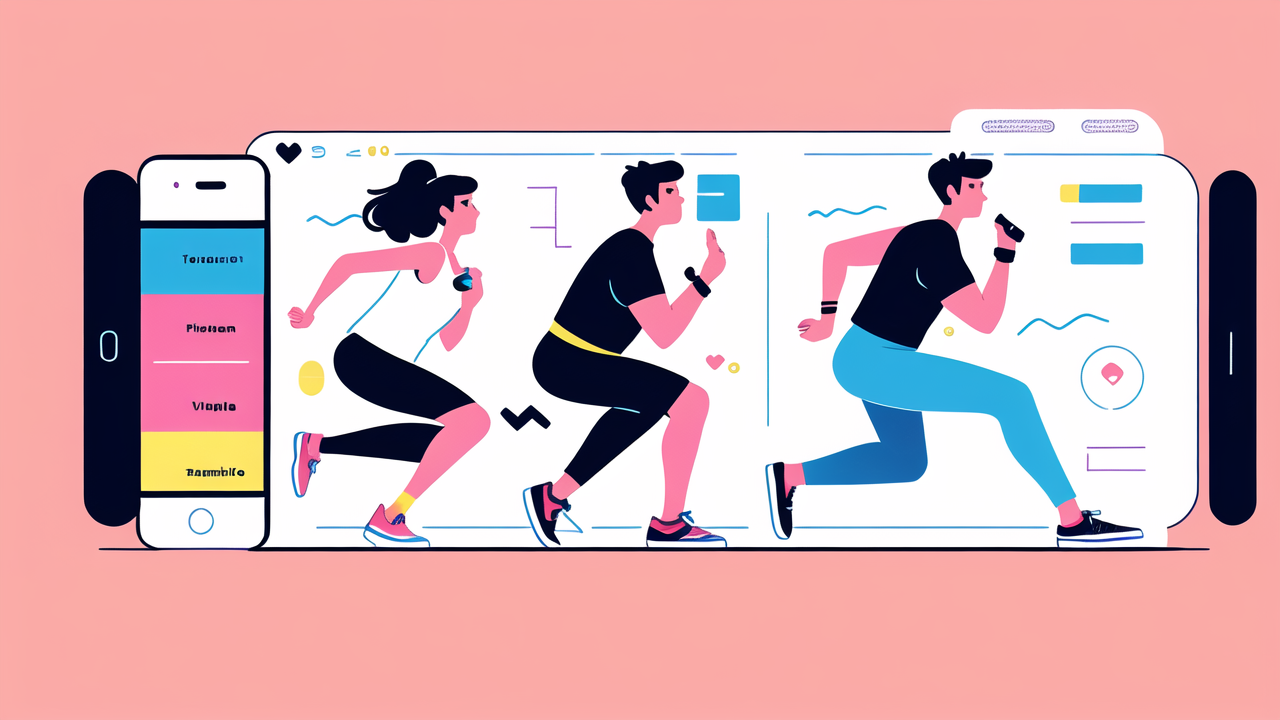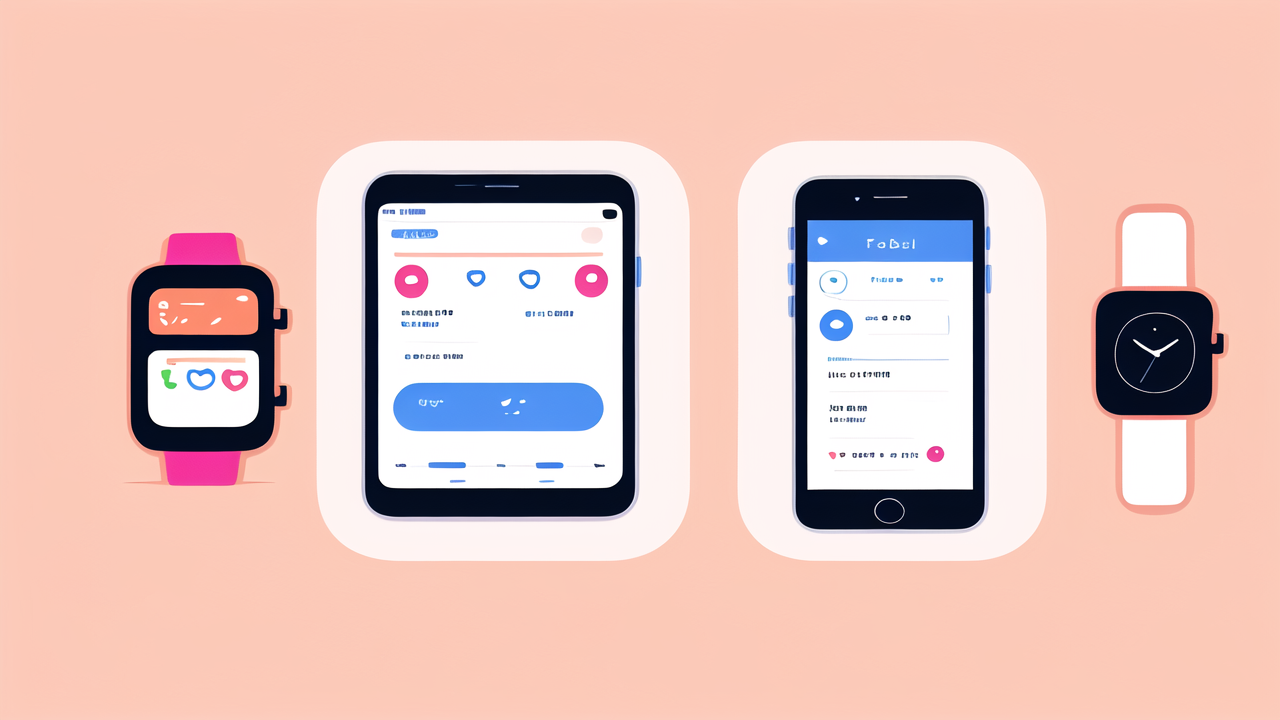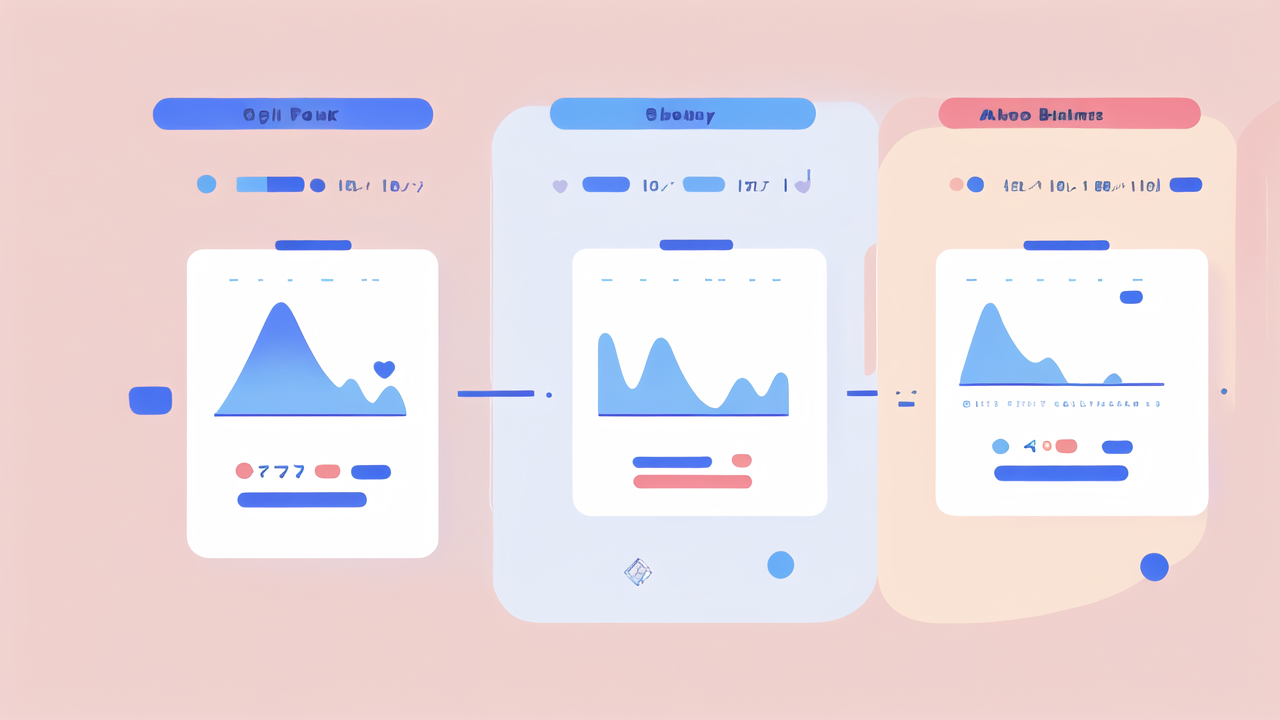Understanding Fitness Tracking Technology
The Evolution of Fitness Wearables
Fitness wearables have come a long way since their inception. Early devices were simple step counters. Today, smart bracelets offer a wide range of features. These include heart rate monitoring, sleep tracking, and GPS.

The first popular fitness tracker was the Fitbit, launched in 2009. It only counted steps and estimated calories burned. Now, we have advanced smart bracelets that can track multiple activities. They can even measure blood oxygen levels and stress.
The technology has improved rapidly. Sensors have become more accurate and battery life has increased. Many devices now have touchscreens and can receive notifications from your phone. The evolution continues with new features being added regularly.
Key Features to Look for in a Smart Bracelet
When choosing a smart bracelet, consider these key features:
- Activity tracking: Look for devices that can track various exercises.
- Heart rate monitoring: Continuous monitoring is best for accurate data.
- Sleep tracking: This feature helps you understand your sleep patterns.
- Water resistance: Ensure it can withstand sweat and rain.
- Battery life: Longer battery life means less frequent charging.
- Compatibility: Check if it works with your smartphone and preferred apps.
- Display: A clear, easy-to-read screen is important.
- GPS: Built-in GPS is useful for outdoor activities.
Consider which features are most important to you. Some may prioritize battery life, while others need advanced tracking options. Choose a device that fits your specific needs and lifestyle.
How Fitness Tracking Technology is Revolutionizing Exercise Routines
Fitness tracking technology is changing how we approach exercise. It provides real-time data during workouts. This allows for immediate adjustments to improve performance. Users can set personalized goals and track progress over time.
Smart bracelets offer motivation through achievements and challenges. They remind users to move when inactive for too long. Many devices now provide guided workouts and recovery recommendations. This technology makes it easier for people to stick to their fitness routines.
The data collected by these devices is valuable for long-term health monitoring. It can help identify patterns and potential health issues. Some trackers even offer stress management features. This holistic approach to health is revolutionizing how we view fitness and wellness.
Choosing the Right Fitness Tracker for You
Assessing Your Fitness Needs
Choosing the right fitness tracker starts with understanding your needs. Consider your fitness goals and lifestyle. Are you a casual exerciser or a serious athlete? Do you need basic tracking or advanced metrics?

Think about the activities you enjoy. If you're a runner, GPS might be crucial. For swimmers, water resistance is a must. If you're focused on overall health, look for devices with stress and sleep tracking.
Consider your tech-savviness too. Some trackers are simple to use, while others offer complex features. Budget is also a factor. Prices range from affordable to premium. Assess what you're willing to spend on a smart bracelet.
The Top Smart Bracelets on the Market
Here are some top smart bracelets to consider:
- Fitbit Charge 5: Great all-rounder with ECG and stress tracking.
- Apple Watch Series 7: Best for iPhone users, with advanced health features.
- Garmin Vivosmart 4: Excellent for serious athletes, with advanced metrics.
- Samsung Galaxy Fit 2: Good budget option with long battery life.
- Xiaomi Mi Band 6: Affordable with a surprising range of features.
Each device has its strengths. The Fitbit excels in user-friendliness. Apple Watch offers the most apps. Garmin is best for detailed fitness data. Samsung and Xiaomi provide great value for money.
Consider reading reviews and trying devices in store if possible. This will help you find the best fit for your needs and preferences.
Integration with Existing Fitness Apps and Platforms
Many smart bracelets can integrate with popular fitness apps and platforms. This allows you to centralize your health data. Some common integrations include:
- MyFitnessPal for nutrition tracking
- Strava for running and cycling
- Apple Health for iPhone users
- Google Fit for Android users
- MapMyRun for route planning
Check if your preferred apps are compatible with the smart bracelet you're considering. Some devices have their own ecosystems. Others are more open to third-party integrations.
Integration can enhance your fitness tracking experience. It allows for a more comprehensive view of your health. You can combine activity data with nutrition info or sleep patterns. This gives you a fuller picture of your overall wellness.
Advanced Strategies for Fitness Tracking
Leveraging Data for Personalized Training Programs
Smart bracelets collect a wealth of data. This can be used to create personalized training programs. Here's how to leverage this data effectively:

- Set baseline metrics: Use initial data to establish your starting point.
- Define clear goals: Use the data to set realistic, measurable objectives.
- Monitor progress: Regularly check your stats to see improvements.
- Adjust as needed: If progress stalls, use the data to modify your program.
- Use heart rate zones: Tailor workouts based on your heart rate data.
Many smart bracelets offer built-in coaching features. These can provide workout suggestions based on your data. Some even offer real-time guidance during exercises. This personalized approach can lead to more effective training and faster results.
Remember, data is a tool. It should guide your training, not dictate it. Listen to your body and use the data to support your fitness journey.
Gamification and Motivation: Increasing Engagement
Gamification is a powerful tool in fitness tracking. It turns exercise into a fun, rewarding experience. Many smart bracelets use gamification to increase user engagement. Here are some common features:
- Achievement badges: Earn virtual rewards for reaching milestones.
- Challenges: Compete with friends or join community challenges.
- Progress bars: Visualize your progress towards daily or weekly goals.
- Streak counters: Motivate consistent activity with streak tracking.
- Virtual rewards: Unlock new features or avatars as you progress.
These features tap into our natural desire for achievement and competition. They can make fitness more enjoyable and motivating. Use these tools to stay engaged with your fitness routine.
Remember, the goal is to create lasting habits. Use gamification as a tool, not the end goal itself.
Analyzing and Interpreting Fitness Data for Long-Term Success
Collecting data is just the first step. The real value comes from analysis and interpretation. Here's how to make the most of your fitness data:
- Look for trends: Analyze weekly or monthly data to spot patterns.
- Compare metrics: See how different factors (like sleep and activity) relate.
- Set realistic goals: Use your data to set achievable, gradual targets.
- Track progress over time: Don't focus on daily fluctuations. Look at long-term trends.
- Use the insights: Apply what you learn to adjust your fitness routine.
Many smart bracelets offer built-in analysis tools. These can provide insights into your fitness and health. Some even offer predictive analytics, suggesting future trends based on your data.
Remember, data is a guide, not a judge. Use it to inform your decisions, but don't let it stress you out. The goal is to improve your health and fitness in the long run. Your smart bracelet is a tool to help you on this journey.




Leave a comment
This site is protected by hCaptcha and the hCaptcha Privacy Policy and Terms of Service apply.